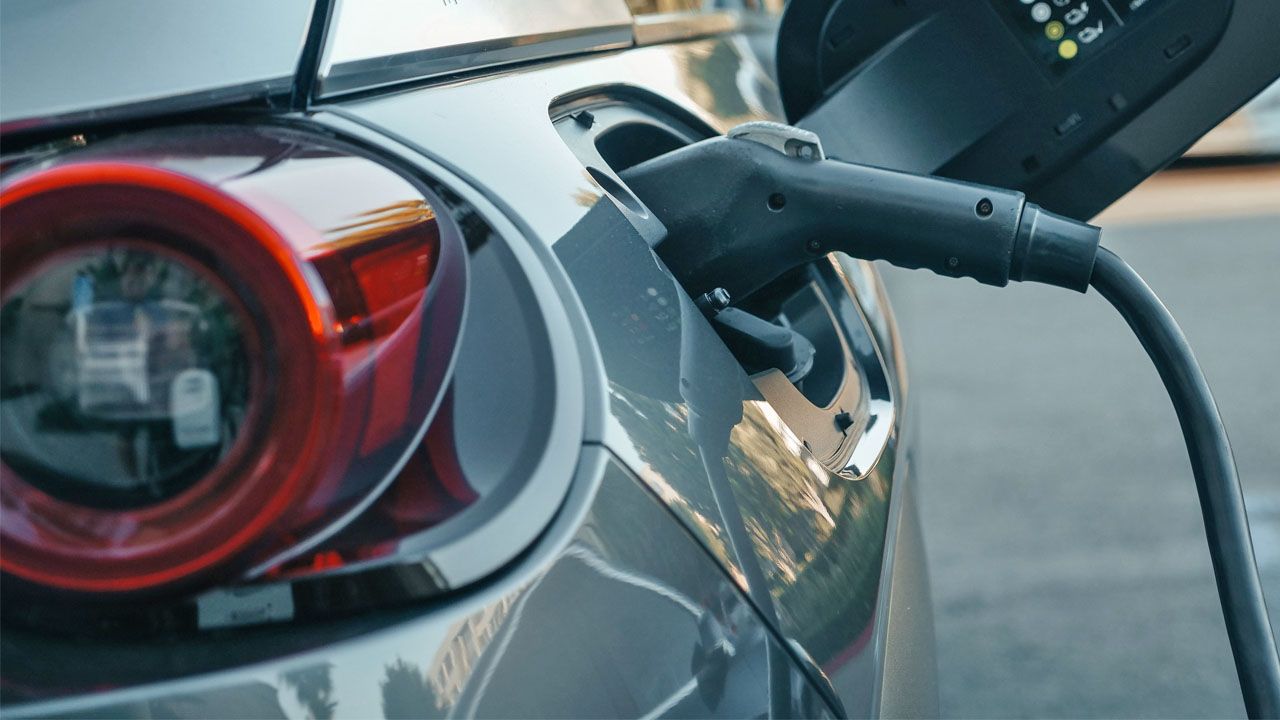EV and Low-Income Housing: Equitable Electrification
Aug 23, 2023
Guest Author: Sophia Davis
Since electric vehicles (EVs) have hit the market, consumers have expressed clear interests in their economic and environmental benefits compared to gasoline-powered vehicles. In contrast to internal combustion engines, EVs are known for their energy efficiency along with high performance and minimal maintenance costs.
EVs provide consumers with cost-saving benefits
Financially, EVs provide consumers with cost-saving benefits. In 2018, a study by the University of Michigan’s Sustainable Worldwide Transportation found that the annual cost of a driving a typical gasoline car was $1,117 while EVs cost drivers only $485.[1] EVs are also linked to reduced utility costs as “added utility revenue puts downward pressure on rates.”[2] Additionally, EVs have zero tailpipe emissions. For reference, a typical vehicle emits about 4.6 metric tons of carbon dioxide per year.[3] With these statistics, it is no wonder the City of Seattle is committed to have 30% EVs on the road by 2030.[4]
EV's will be cheaper than average gasoline vehicles
The use of EVs seems like an obvious choice; however, EVs often have a major drawback being their high initial cost. Currently, the average EV costs $19,000 more than the average gasoline-powered vehicle.[5] In economic forecasts, the now-steep investment in buying an EV is to be reduced by EVs’ growing market, as technological advancements and increased production volumes are lowering the costs of both charging infrastructure and in EVs.[6] By 2030, the average 250-mile EV is projected to cost $900 less to buy than the average gasoline vehicle.[7]
The good news is that China and Europe are manufacturing electric vehicles that sell for under $25,000. These vehicles are selling mostly in China and Europe where gas prices are high. As manufacturing increases many of these models will begin to make their way to the United States.
For low-income purchasers, an EV reduces proportional expenses
Regardless of projections surrounding the EV market, the interest in EVs cross economic boundaries. In a study by Consumer Reports and the Union of Concerned Scientist, 31% of potential EV buyers made under $50,000 a year.[8] The need for EVs in affordable housing is strengthened by the fact that low-income households often spend larger proportions of their income on vehicle-related expenses, comprised of initial purchase price and the ongoing gasoline and maintenance costs.[9] As the purchase price of EVs declines, more low-income households will be able to purchase an EV. For low-income purchasers, an EV intuitively reduces their proportional expenses related to vehicle ownership as EVs have lower fuel and maintenance costs than gasoline-powered vehicles.[10]
As Seattle sees an increase in EVs, so does the city’s need for EV infrastructure. The most affordable option for EV drivers in Seattle is at-home charging. A feasibility study by the Puget Sound Clean Air Agency found that to facilitate EVs in low-income communities, “[m]ulti-family housing needs to provide charging infrastructure by requiring all new construction to include charging infrastructure.” [11] The report also found that there is a strong interest in electric car-share programs from affordable housing organizations. [12] Affordable housing projects must be able to accommodate the ever-growing EV market and the movement towards equitable electrification in the EV market.
[1] Microsoft Word - SWT-2018-1.docx (umich.edu)
[2] Luke Tonachel, director of NRDC’s Clean Vehicles and Fuels Group - Electric vs. Gas: Is It Cheaper to Drive an EV? | NRDC
[3] Greenhouse Gas Emissions from a Typical Passenger Vehicle | US EPA
[4] City charging infrastructure needs to reach electric vehicle goals: The case of Seattle (theicct.org)
[5] Electric vs. Gas: Is It Cheaper to Drive an EV? | NRDC
[6] City charging infrastructure needs to reach electric vehicle goals: The case of Seattle (theicct.org)
[7] When might lower-income drivers benefit from electric vehicles? Quantifying the economic equity implications of electric vehicle adoption (theicct.org)
[8] Survey Shows Strong Support for Electric Vehicles | Union of Concerned Scientists (ucsusa.org)
[9] When might lower-income drivers benefit from electric vehicles? Quantifying the economic equity implications of electric vehicle adoption (theicct.org)
[10] When might lower-income drivers benefit from electric vehicles? Quantifying the economic equity implications of electric vehicle adoption (theicct.org)
[11] Findings from Literature Review: Facilitating Low Income Utilization of Electric Vehicles (wa.gov)
[12] Findings from Affordable Housing Organizations: Facilitating Low Income Utilization of Electric Vehicles (wa.gov)


